Reading Time: 19 Minutes
Since Instagram has become a leading platform for social commerce and influencer marketing, more marketers are taking time to examine the current state of their Instagram influencer team. These examinations, or “audits,” help influencer relationship managers understand how well their influencers are performing and help identify any adjustments that they need to make to their influencer recruitment efforts and campaign planning.
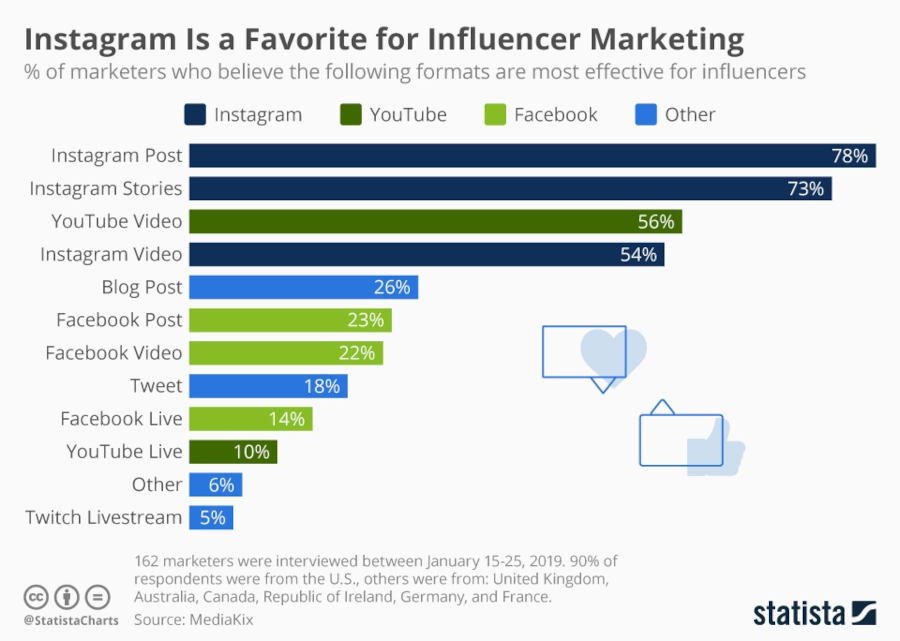
To run an Instagram influencer audit well, you need a reliable process to gather and organize findings and convert them into actionable insights.
In any industry, audits are not generally considered fun activities for team members. But without influencer audits, your team won’t know what’s working and what isn’t.
So while the task of performing audits is not terribly exciting, the conclusions you can draw from your Instagram influencer audits can be remarkable. And with that information, you can demonstrate tangible ROI and refine your influencer marketing strategy.
An influencer audit is the act of evaluating the impact, quality, and effectiveness of an influencer on a particular social platform. In this case, we’ll walk you through how to perform influencer audits on Instagram.
Before you begin, it’s critical that you know what it is that you hope to achieve with the help of your influencers. Doing so will sharpen your focus on those bits of information that are most essential to your influencer marketing strategy.
Most audits are exhaustive and should only occur on an annual or semi-annual basis. That said, the better your audit, the less likely you’ll have to do them over and over again in a year’s time.
The frequency with which you perform an influencer audit could change if your brand encounters new external circumstances, such as a major update on Instagram, a change to your overall marketing approach, or sudden growth to your influencer marketing budget.
For every influencer Instagram audit, you’ll begin at that influencer’s profile page. Most of your audit work will take place here, as you examine the influencer’s bio, follower count, and posting history.
Some Instagram users try to take a shortcut to influencer status by purchasing fake followers and engagement. You can spot many of these fake influencers by the quality of their engagement. Or leverage a tool like GRIN’s Fake Influencer Check tool for free.
Many of the best Instagram analytics tools are only accessible by the account holder. If you feel comfortable doing so, you can request an Instagram Insights report from an influencer.
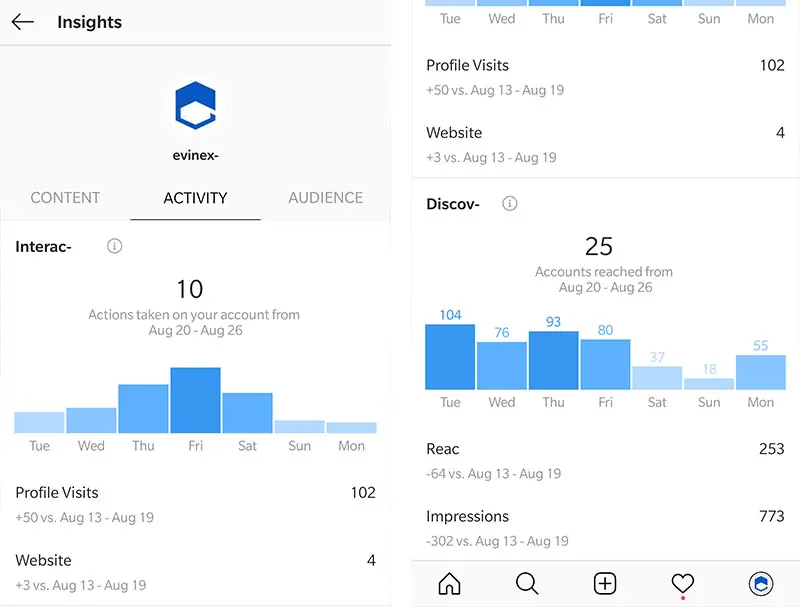
But there are also some excellent (and free) Instagram analytics tools that can help you get an accurate snapshot of an influencer’s success online.
Engagement is one of the most effective ways to gauge the effectiveness of an influencer. That said, not all engagement is equally valuable, and it can be tedious to comb through every post of an influencer to examine the quality of their engagement.
To simplify the process, check out GRIN’s Engagement Rate Calculator to get an influencer’s basic engagement metrics and access a complete engagement report.
On Instagram, you can perform a search on hashtags (that a particular influencer uses) to better understand an influencer’s target audience and relevance to your brand. Many branded and sponsored hashtags will also show how often an influencer collaborates with brands in your industry.
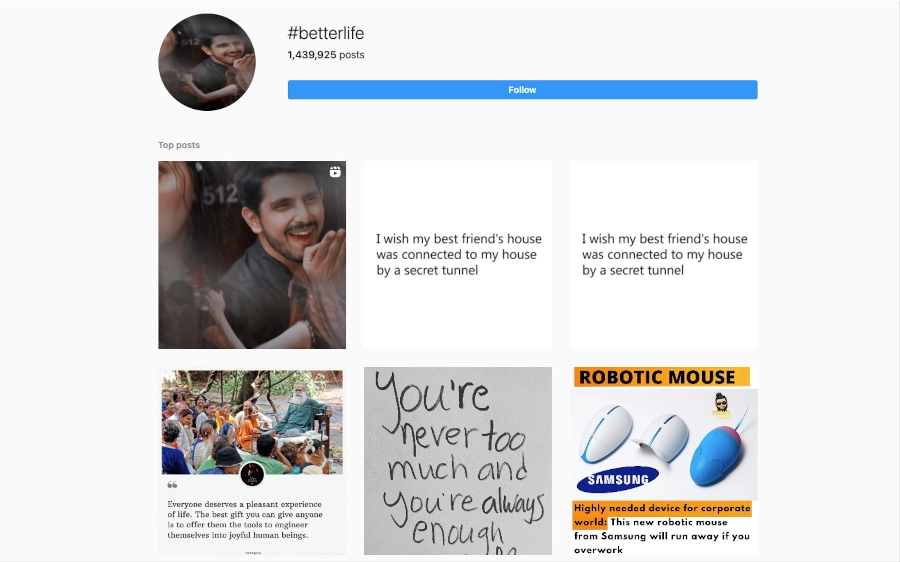
If you already have a team of influencers that are high-performers, finding lookalike influencers is a great way to scale your program. This Influencer Lookalike Tool can help you streamline your recruitment efforts and categorize your influencers by type, size, and style.
As you examine an influencer’s Instagram profile and posts, you’ll need a good place to record key metrics and compare them against other influencer accounts. The best manual tool to accomplish this is a spreadsheet (Microsoft Excel or Google Sheets).
For a basic audit spreadsheet, you’ll need to record the following information:
Also, you should find a way to record qualitative metrics, such as the quality of that influencer’s relationship with their audience, relevant use of hashtags, voice/tone, and compatibility with your brand. One approach to tracking these qualitative metrics is Influencer Mapping.
If you already manage a team of influencers and are getting bogged down with all the busy work tasks, you may need to invest in an influencer relationship management (IRM) platform. Using this level of automation will help you complete influencer Instagram audits with fewer clicks and gather more in-depth information on your current and prospective influencers.
Influencers are social media power users with the ability to connect with audiences on the basis of authentic, compelling content. Depending on what you hope to achieve with your influencers, certain influencers and posting techniques will help your brand more than others.
Common influencer objectives are:
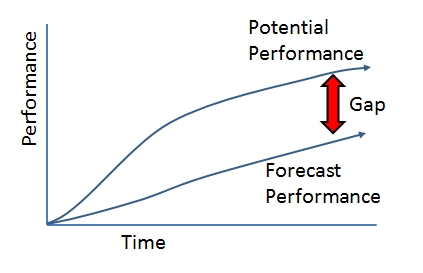
A GAP analysis is most commonly used by business consultants and accountants to help their clients align their decision-making with their business goals. When applied to social media and influencers, you can achieve a similar effect.
By comparing the performance of your Instagram influencers against the backdrop of your marketing goals and KPIs, you will quickly notice who is meeting your expectations and who isn’t.
For those influencers who successfully meet your expectations, your audit will show you exactly how and why that influencer is a top performer. You can then use that information to dial in your influencer recruitment efforts.
For those influencers that are failing to meet expectations, a GAP analysis can help you collaborate with that influencer to increase performance and achieve better results.
After your GAP analysis, take a moment to single out your top performing Instagram influencers, and answer the following questions:
Answers to the questions above will help you find more influencers that can replicate the success of your top performers.
Based on your goals in Step 1, you should be able to identify key performance indicators (KPIs) that map your progress in each campaign. To find tangible ROI, the best thing you can do for your influencer program is to attach your KPIs to what you feel are the most important Instagram metrics.
The most popular Instagram metrics to measure are:
Your influencers should have access to their very own Instagram Insights dashboard. Many influencers are more than happy to share that information with you. These reports will save you a lot of time in your influencer audits.
Disclaimer: Only those users with a Business or Creator account may access an Instagram Insights report.
An influencer’s engagement rate indicates how often or likely followers are inclined to react, respond to, or interact with that influencer’s posts. You can use the engagement rate formula below or check out our free Engagement Rate Calculator.
Engagement Rate = Number of likes, comments, and shares / Number of followers
After calculating each influencer’s engagement rate, you should take a closer look at the type of engagement. A great way to do this is to pull a few posts and read all the post comments.
When you look at post comments up close, you can easily spot fake engagement. Users that pay for followers and engagement often have comments that lack substance or contain major grammar/spelling errors.
Next, you can get a better picture of the relationship between an influencer and his/her audience by how they interact with their followers. The best influencers typically respond to as many followers’ comments and questions as possible.
Sometimes just looking at an influencer’s Instagram account doesn’t give you the whole picture. As such, it’s a good idea to note every other channel where your influencers maintain an active presence.
This task will not only help you better understand an influencer’s overall reach, but it may also show you social media opportunities you’ve been missing.
Not all influencers are equally professional. Serious influencers post quality content consistently, even if that consistency is less often than another influencer that posts a lot but without any kind of clear plan.
Furthermore, you don’t want influencers that only post when a brand hires them to do so. To maintain authenticity and a robust Instagram presence, influencers will post images and videos that reinforce their values and lifestyle regardless of how often they enjoy brand sponsorships.
Instagram continues to deliver new updates and features, including ephemeral content and AR filters. While it may not be necessary for all of your influencers to use every Instagram feature, it is good to know which of your influencers are especially proficient with various Instagram content tools.
Many of the audit tasks that you performed on your existing influencers are also relevant to your influencer recruiting.
No matter what marketing approach or tool you use, you need to itemize your objectives and then convert them into measurable KPIs.
If you haven’t already done so, it’s good to know what’s out there in terms of influencers within your industry. Sometimes the best way to examine the influencer landscape on Instagram is to search for relevant hashtags.
You can also go to a competitor’s Instagram page, navigate to “Tagged,” and see which influencers or ambassadors have tagged that brand in their post.
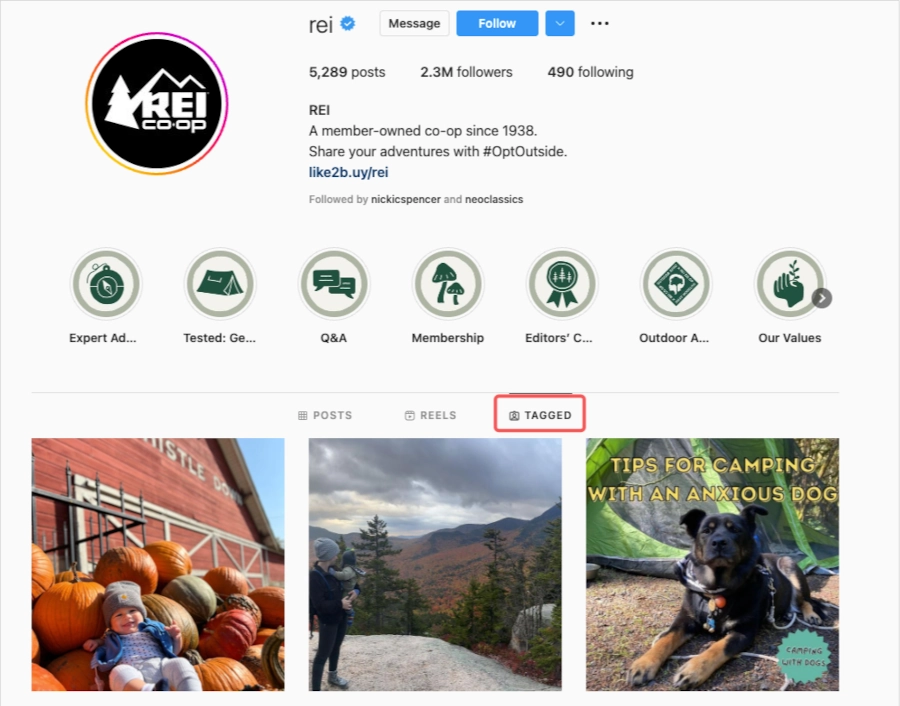
Additionally, you can go to your own Tagged posts to see if there are any influencers that have given you a shout-out without you asking them to do so.
Lastly, check out who certain influencers are following, particularly those influencers that you really like. Each of these tactics will help you see what’s out there and establish a baseline of what to expect. If you’re using GRIN’s influencer marketing platform, the software automatically manages lists of Instagram influencers and allows you to search by keyword, audience, industry, and more.
When you can establish who your ideal influencer is, it can help you find more influencers like them. Be sure to note what about that influencer stands out by answering the following questions:
By way of a recap, the following are the most popular Instagram influencer metrics that you should track:
Many Instagram metrics are quantitative because they are numbers. But non-numerical metrics are just as important, such as the quality of audience engagement, or that influencer’s voice/tone.
A popular way to include qualitative metrics into your influencer audit is to use influencer mapping. Using this technique, you can measure influencer attributes that are more difficult to define, such as brand capability, authority, and ability to connect with followers.
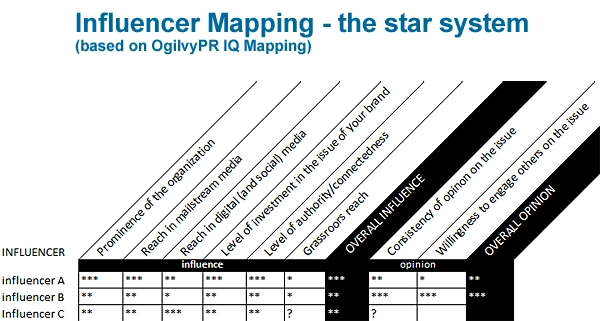
You can calculate an influencer’s engagement rate manually using the formula below or by using our free Engagement Rate Calculator.
Engagement Rate = Number of likes, comments, and shares / Number of followers
It’s important to remember that some social media users try to manufacture engagement. Also, even real influencers don’t always possess quality engagement, even if their engagement rate appears high. By taking a closer look at follower engagement, you’ll have a better understanding of how connected that influencer is with your audience.
Instagram is a strong channel for social commerce and influencer marketing, but some influencers can effectively widen their reach onto other platforms. Knowing which influencers are multi-channel can help you recruit smarter and plan better campaigns.
Influencers that post frequently for a time and then fail to post for long periods may not be dependable for your brand. Consistency is a critical attribute for professional influencers.
Skilled Instagram influencers can do incredible things with various features, such as host Live events, create custom AR filters, build beautiful video reels, and more.
The whole point of an influencer Instagram audit is to take stock of your influencer team, the effectiveness of each member, and specific reasons why some posts work better than others. Audits are tedious but hold critical insights that can greatly enhance the effectiveness of your influencer program.
To hack the tedium, it’s important to find ways to do more with less. By utilizing an automation tool like GRIN, you can perform influencer audits much faster and have more time to plan and execute better campaigns.
Our team keeps a finger on the pulse, so you’re always working with the latest information.